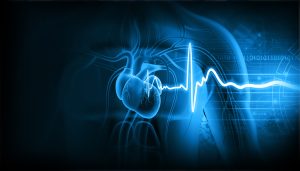Articles / Clinical diagnosis, investigation & management of restless legs syndrome

Diagnosis involves the description of an urge to move the legs, often accompanied by aforementioned uncomfortable sensations. Symptoms are typically present at night, are worse with rest or inactivity, and are relieved with movement. Given the classic nocturnal presentation, there is a disruption in sleep and resulting daytime somnolence. This is often when patients come to seek medical input. Other supportive factors indicating a RLS diagnosis include a response to dopaminergic therapy. Studies suggest RLS is associated with dopamine and iron transport dysregulation, and given iron is a cofactor of dopamine, this supports this theory. A strong family history is also another flag for a RLS diagnosis.
Based on this educational activity, complete these learning modules to gain additional CPD.

Allergen Introduction – Practical Tips for GPs

Oral Contraception Update

What do we do With High Triglycerides?

An Update on Heart Failure in Primary Care

Very overestimated
Moderately/slightly overestimated
Quite accurate
Moderately/slightly underestimated
Very underestimated
Listen to expert interviews.
Click to open in a new tab
Browse the latest articles from Healthed.
Once you confirm you’ve read this article you can complete a Patient Case Review to earn 0.5 hours CPD in the Reviewing Performance (RP) category.
Select ‘Confirm & learn‘ when you have read this article in its entirety and you will be taken to begin your Patient Case Review.





